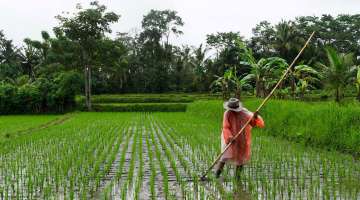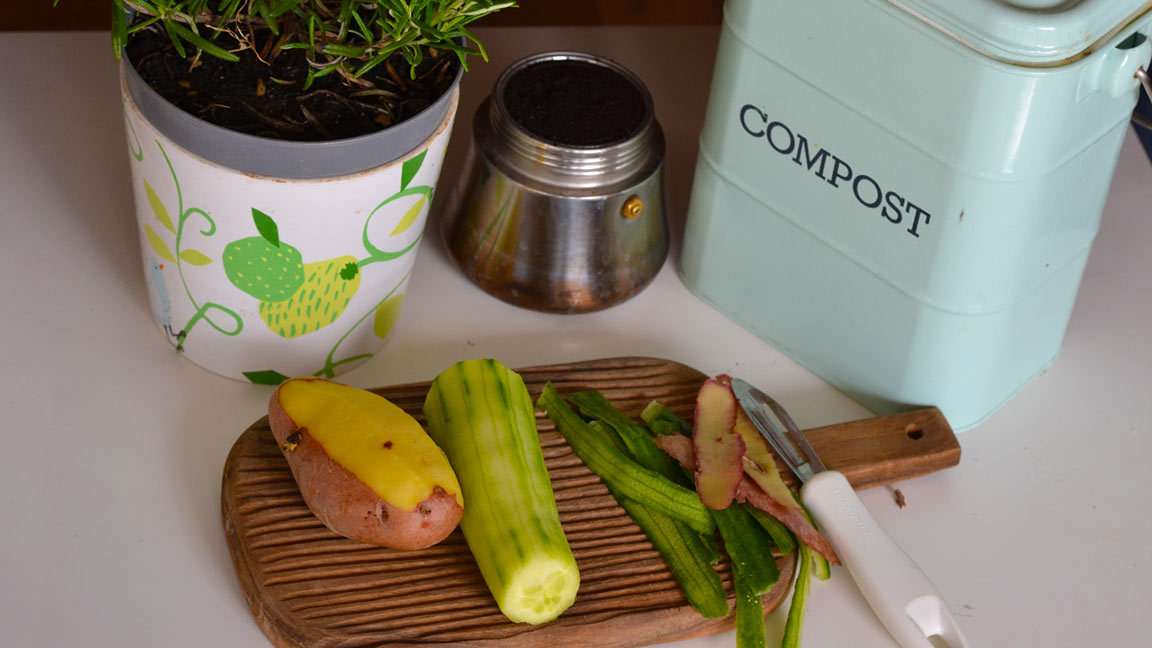POSTED Apr 25, 2022 - 03:29 PM
Simple and easy food waste management practices for businesses
Here are six simple ways MSMEs can reduce or responsibly dispose of food waste across its entire supply chain
As much as 1,717 metric tons of food are wasted daily in the Philippines, according to the Department of Science and Technology’s Food and Nutrition Research Institute.
Food waste is among the issues that the United Nations’ (UN) 12th sustainable development goal aims to address. Emphasizing the need for sustainable consumption and production patterns, one of the goal’s targets is to “halve per capita global food waste at the retail and consumer levels and reduce food losses along production and supply chains, including post-harvest losses” by 2030.
“Sustainable consumption and production is about doing more and better with less. It is also about decoupling economic growth from environmental degradation, increasing resource efficiency, and promoting sustainable lifestyles,” stated the UN.
According to the UN Environment Programme (UNEP), reducing food waste could improve food availability, help solve hunger, and provide economical benefits. It would also reduce greenhouse gas emissions associated with unconsumed food and slow environment degradation caused by land conversion and pollution.
Research shows that an average Filipino generates 86 kilograms of food waste yearly. The foodservice sector accounts for around 26.2 percent of global food waste, while the retail sector accounts for 12.7 percent.
The Department of Trade and Industry reported that accommodation and foodservice activities is the second industry sector with the most number of micro, small, and medium enterprises (MSMEs) in 2020. It is also the second top industry to generate the most number of jobs for the year. These statistics make it even more important for MSMEs in the sector to take part in managing food waste for a more sustainable world.
Here are six simple ways MSMEs can reduce or responsibly dispose of food waste across its entire supply chain.
Avoid overstocking
Spoilage is a primary reason for food wastage throughout the supply chain in developing regions like Southeast Asia. Among MSMEs, this can be caused by misestimating purchase quantities or buying more food items than they can cook or sell. To avoid this, procure only the exact amount of ingredients or food you’d need. This will also discourage overproduction, which is another reason for food wastage.
Keep an updated and accurate inventory
Always check your inventory for expiration dates and signs of decay like yeasts, molds, or bacteria and deterioration like loss of original color, flavor, odor, and consistency. Proper storage and handling of food are important in prolonging shelf life and avoiding cross-contamination. It also ensures consumers that the food you serve is always fresh and in good condition.
Incorporate sustainability into your menu
There are many ways to tweak or design your menu to be more sustainable. An example is offering different dishes that use the same ingredients, especially for fresh produce like fruits and vegetables, which can easily spoil. Maximizing common ingredients ensures that they will not be left unused in your storage. Choosing ingredients that are in season may help reduce the amount of unsold surplus crops that end up being post-harvest food waste as well.
You might also want to try serving plant-based food, which have lower environmental impact since they require fewer natural resources to produce compared to animal-based food. Offering smaller and more balanced portions may also help minimize leftovers on customers’ plates.
Conduct a waste audit
There are two general categories of food waste produced by MSMEs: pre-consumer and post-consumer waste. Pre-consumer waste are food items discarded mostly in the kitchen, such as rotten perishable ingredients. Meanwhile, post-consumer waste are often customer leftovers. A waste audit or assessment will help MSMEs track which of these waste categories are predominant and provide a solid foundation for waste management efforts. It will also provide insight into what food customers throw away, helping MSMEs tweak their menu.
Donate leftovers
Instead of throwing excess food away, why not donate it to shelters, charities, or non-government organizations that collect food waste or redistribute food to those in need? Aside from reducing environmental impact, donating leftovers is also a good social responsibility practice for MSMEs in the food sector.
In the Philippines, the Food Donation Act of 2009 encourages this practice to help alleviate national poverty and reduce food wastage.
Repurpose food scraps
Aside from turning it into compost, there are many innovative ways to use trimmings and scraps outside of the kitchen. A case study among MSMEs in the local food processing industry showed that waste recycling and reusing is a common greening practice in the sector. Examples of this include reusing rice husks and pili shells as fuel, banana peels as fertilizers, and cacao peels and coconut husks for compost.
Based on cost-benefit analysis performed by four out of 12 MSMEs in the case study, green practices including food waste reuse and recycling showed positive cost savings, positive net present values over 5 to 10 years, and high internal rate of returns.
As a food business owner, it is your duty to educate your staff about the importance of food waste management, set guidelines in place to ensure the responsible handling of food stocks and leftovers, and make sure that everyone observes these practices in your operations.
For more information and news on food, food businesses, restaurants, local food brands, food lifestyle, and entrepreneurship, visit IFEXCONNECT (ifexconnect.com.ph) and FOODPHILIPPINES (foodphilippines.com.ph)
Read more

What is climate-smart agriculture and how will this help the Philippines?
Climate-smart agriculture isn’t a new concept for the Philippines. Here’s how this is being incorpor... Learn More

The essential role of seaweed in food security and sustainability
Coastal communities have turned to seaweed to sustain both ecosystems and local economies Learn More

How to make offices more sustainable
Creating a sustainable office space doesn’t have to be complicated. Here are some factors to conside... Learn More

The era of timber buildings has begun in PH
Timber is making a comeback in the construction industry because of its stable strength, durability,... Learn More
